Santiago Zapotitlán was founded by the Cuitlahuaca people, one of the groups found throughout the Valley of Mexico, after they settled here around 1435. One of the seven original settlements of Tláhuac, today it’s best known for the annual Festival of Lights and Music, with huge fireworks displays every February.
At the foot of the Xaltepec volcano, it is on the very edge of the Sierra de Santa Catarina. It’s also the most populated part of Tláhuac. The town is divided into several different “colonias,” most of which correspond to the city’s colonial-era neighborhoods. All of them center around the Templo de Santiago Zapotitlán, the former atrium of which was renamed the Plaza Juárez.
Zapotitlán, in Nahuatl means “among the zapote trees.” The town is remembered for its position next to the strongest streams running between the Chalco and Xochimilco lakes. In fact, the territory was inhabited long before 1435. Artifacts from the earliest inhabitants of the area date from around 100 BCE.
It is believed that the land was dominated by Toltec and other peoples. That settlement came to be known as Techichco in Nahuatl. The meaning is “between the breasts of stone” and refers to the location between the Xaltepec and Tetecon volcanoes. These earlier people, later displaced, practiced and relied on a sophisticated system of thought about the cosmos, mythology and language. They also worshipped the feathered serpent of Quetzalcoatl, which would continue to be relevant throughout the ancient period.
Today the town, an important city neighborhood, is an integral part of any trip to Tláhuac.
 https://www.facebook.com/CCZAPOTITLAN
https://www.facebook.com/CCZAPOTITLAN

Nearest at 0.03 kms.
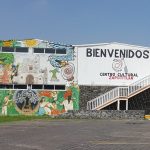
Nearest at 0.23 kms.

Nearest at 0.32 kms.
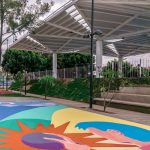
A major recreational development in the Quetzalcoatl Urban Development. . .
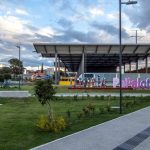
One of Iztapalapa's most beautiful urban parks...
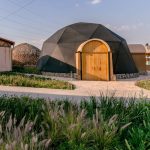
Iztapalapa's most sustainable and eco-conscious Utopia . . .
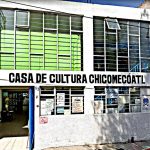
Chicomecóatl is a neighborhood center and cultural hub for communities in the shadow of the volcano.
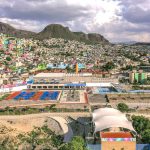
A water-themed sports and cultural center on the northern slopes of the Sierra de Catarina.